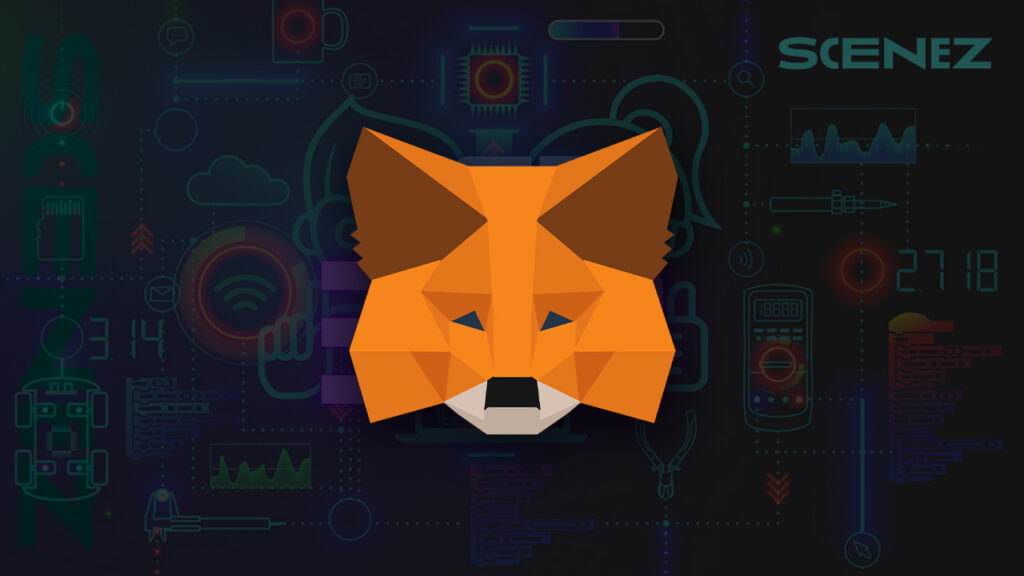Edit Content
Edit Content
The Future Of Content Delivery

What Are All the Ways That Web 3.0 Technology Is Being Used?
Web3 has been around for a while, but where are all the apps? That’s something that I’ve been thinking about lately. Web3 is still in its infancy, and it will take time before we see widespread adoption of decentralized applications (dApps) and other blockchain technologies. But there are several reasons why this might be happening:
Building consumer-focused applications on top of Web3 is hard. We need to improve user experience and make the technology better.
Web3 is a new technology, and building consumer-focused applications on top of it is hard.
We need to improve the user experience and make Web3 better.
We need better developer tools (e.g., IDEs that support Solidity development).
We need better documentation for both developers and end users about how to use these new tools effectively.
The current trend in consumer-facing apps, including blockchain-based ones, is that they are mostly focused on e-commerce and payments. This was true back in 2017 when we saw several crypto collectibles apps, but it's even more true now.
The current trend in consumer-facing apps, including blockchain-based ones, is that they are mostly focused on e-commerce and payments. This was true back in 2017 when we saw several crypto collectibles apps, but it’s even more true now.
In fact there are so many crypto collectibles companies out there that I would argue they represent the majority of blockchain startups today (including some of our portfolio companies). But here’s the thing: most of these apps are not very interesting or useful from an end user perspective – they’re just collectible tokens that you can buy and sell on secondary markets like OpenSea or Rarebits. And while people enjoy playing games with their crypto kittens or puppies as much as the next person does – especially if someone else pays him/her for them – does this really add any value?
The lack of applications isn't just limited to consumer apps -- there are also issues with the development tools themselves.
The lack of applications isn’t just limited to consumer apps — there are also issues with the development tools themselves. Developers have to learn new languages and frameworks, and the nature of blockchain means that they need to be able to interact with many different blockchains at once. The tools are still in their infancy, so they aren’t as user friendly as they could be.
Despite this, there are several reasons for optimism about the future of Web3 apps. These include developer tooling improvements, lower costs for hosting applications, as well as better support from cloud providers like AWS and Google Cloud Platform.

Despite this, there are several reasons for optimism about the future of Web3 apps. These include developer tooling improvements, lower costs for hosting applications, as well as better support from cloud providers like AWS and Google Cloud Platform.
The first is developer tooling: tools that make it easier to build dApps with less code and fewer bugs. For example, MetaMask was one of the first browser extensions that allowed users to interact with decentralized applications directly from their browser without needing to install anything else on their computer or mobile device (iPhones don’t support dApps yet). The second reason why web3 apps have been slow to take off is because they’re expensive! You can’t just throw up a website anymore; you need servers running 24/7 in order for people visiting your site not just see what’s happening but also interact with it through their browsers–and those servers cost money! However since 2016 cloud computing has become increasingly popular among developers due to its low entry costs compared with buying your own hardware infrastructure which requires purchasing physical servers at considerable expense upfront before any profits can be made
One promising project is MetaMask, which has made significant strides towards making Ethereum easier to use. Their new version (version 4) will introduce a new interface design and UX improvements that should make it easier for users to find their way around MetaMask's features.

MetaMask is a browser extension that allows users to access the Ethereum network. With MetaMask, you can run decentralized apps (Dapps) right in your browser, send and receive funds from anywhere in the world, and even participate in token sales.
While there are many other wallets out there for storing cryptocurrencies, MetaMask has made significant strides towards making Ethereum easier to use by providing an interface that’s simple enough for anyone with little-to-no technical knowledge about blockchain technology or cryptocurrencies–and this new version will introduce even more features aimed at making it easier for users to find their way around MetaMask’s features.
Another example of this is ENS (Ethereum Name Service), which has been around since November 2017 and already handles over 300K names today. More recently, they released an update that makes it easier for users to purchase names by paying directly through MetaMask without having to open up another browser window or extension first.

We’re still at the beginning of Web3’s journey towards becoming a mainstream technology. However, there are plenty of reasons to be optimistic about its future. The ecosystem is growing rapidly and developers are building some great tools that will help bring more people into this space.

